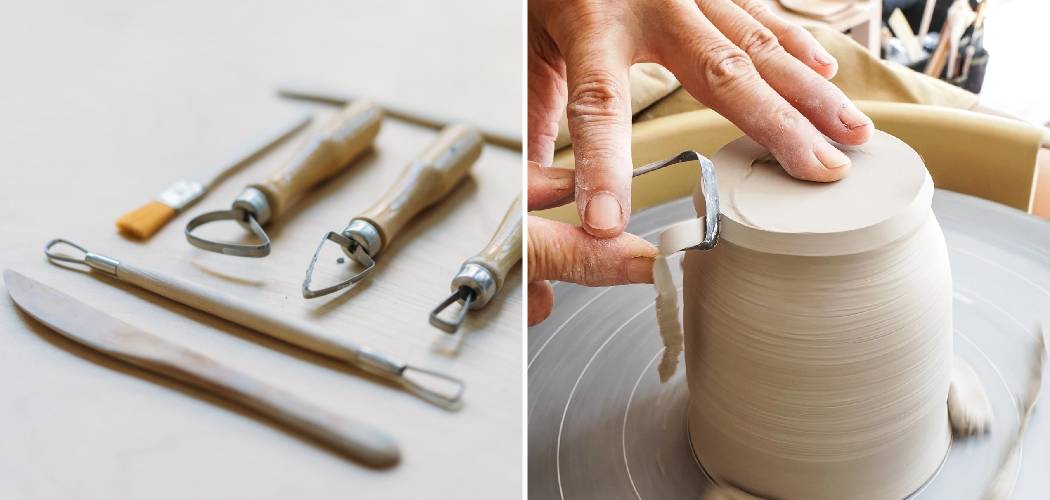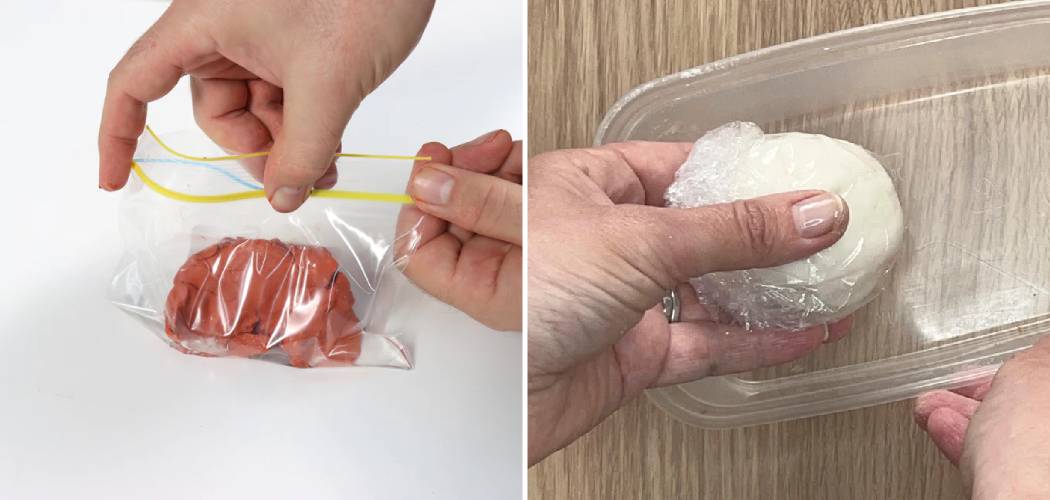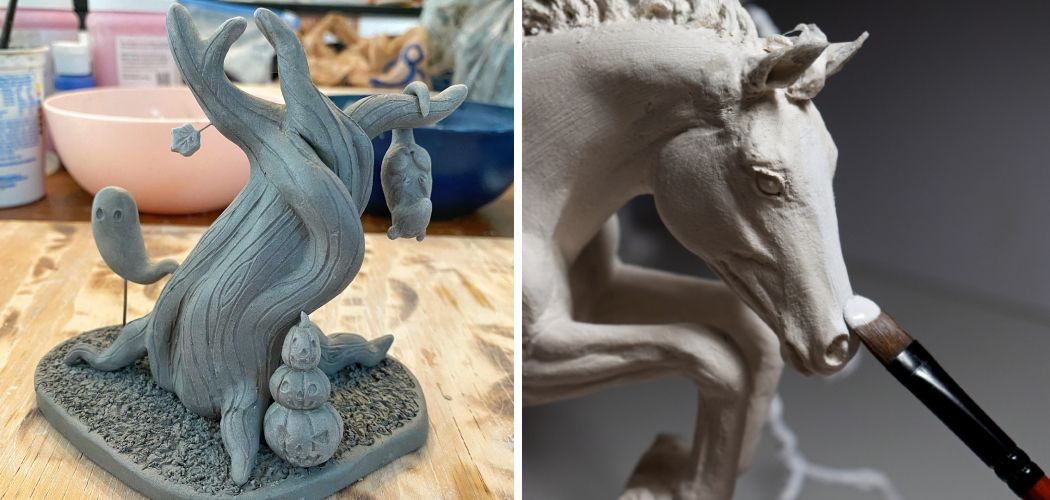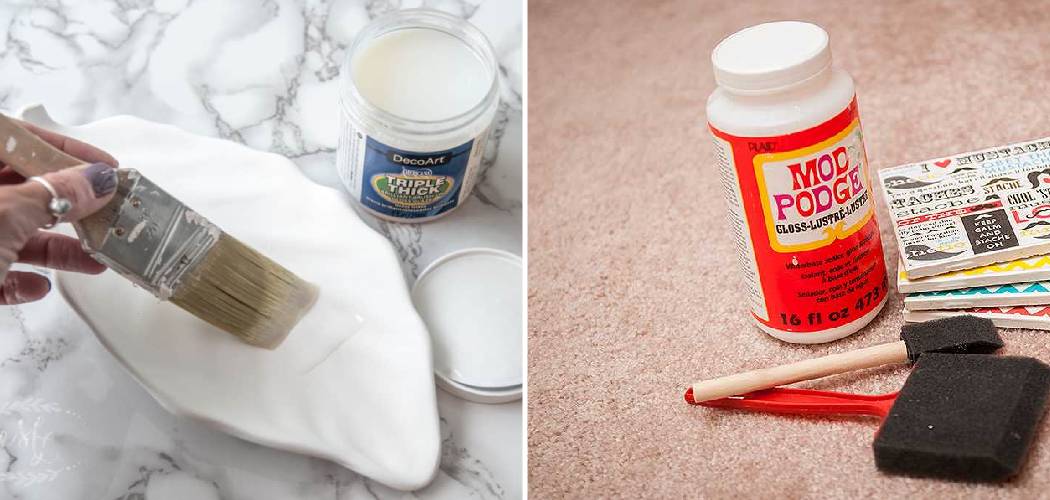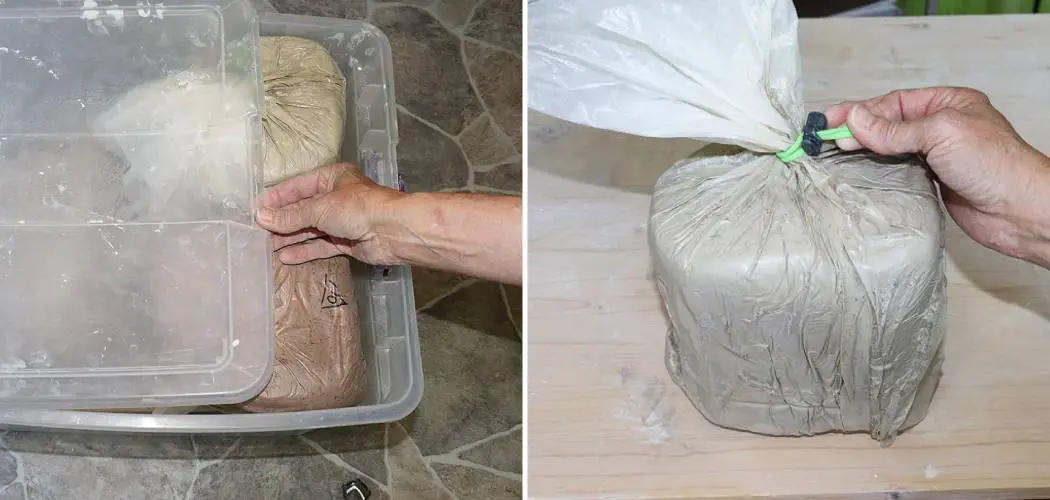Properly storing clay is a crucial aspect of pottery and sculpting, ensuring that your material remains pliable and workable whenever inspiration strikes. Whether you’re a seasoned ceramic artist or a beginner exploring the world of clay, understanding how to store it correctly is key to preserving its quality. In this comprehensive guide, we’ll delve into the art of how to store clay, offering insights on the best practices to maintain its moisture content, prevent drying, and extend its shelf life.
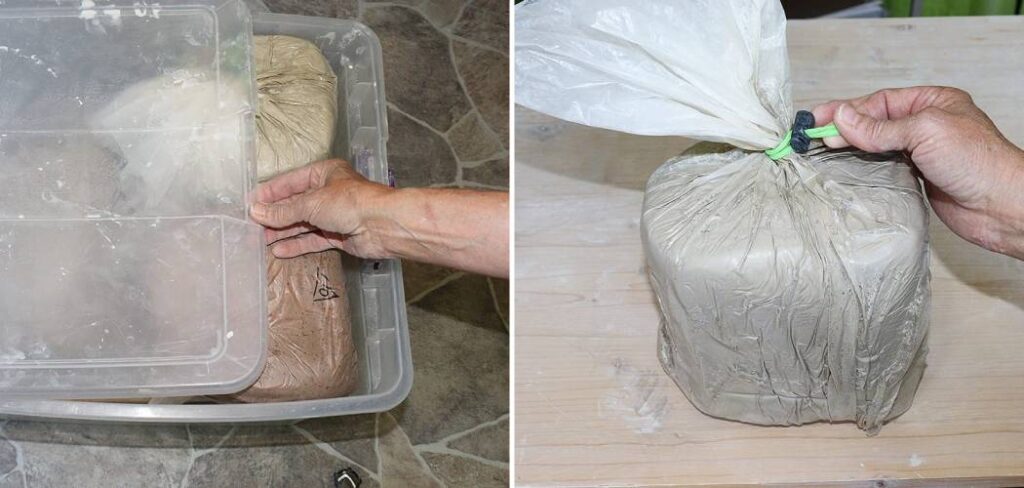
From choosing the right storage containers to implementing effective sealing techniques, this article aims to equip you with the knowledge needed to keep your clay in optimal condition. Say goodbye to the frustration of discovering dry, unusable clay, and welcome a well-maintained supply that empowers you to unleash your creativity whenever the pottery wheel beckons.
Table of Contents
Importance of Proper Clay Storage
Clay is a versatile material that has been used for various purposes since ancient times. It is an essential component in the production of ceramic and pottery items, as well as being used in construction, agriculture, and even medicine. Due to its wide range of applications, proper storage of clay is crucial to maintain its quality and usability.
One of the main reasons why proper clay storage is important is to prevent it from drying out. When clay dries, it becomes hard and difficult to work with, making it unusable for most applications. This can be a problem for potters and ceramic artists who rely on the pliability of clay to create their desired pieces. Properly stored clay will retain its moisture content, allowing it to remain soft and malleable for a more extended period.
Another reason to store clay properly is to avoid contamination. Clay, being an organic material, is susceptible to mold growth and bacterial infestations if not stored correctly. This can not only affect the quality of the clay but also pose health hazards for those handling it. By storing clay in airtight containers or wrapping it in plastic, the risk of contamination can be greatly reduced.
In addition to preventing drying and contamination, proper clay storage also helps maintain its consistency. Different types of clay have varying levels of moisture content, which affects their workability.
10 Methods How to Store Clay
1. Keep Clay Dry
Clay should be stored in a cool, dry place away from direct sunlight. The best way to store clay is in an airtight container such as a plastic bag or jar. This will keep the clay from drying out and becoming brittle. It is also important to make sure that any containers used for storing clay are completely clean and free of dust and debris.
2. Add Moisture
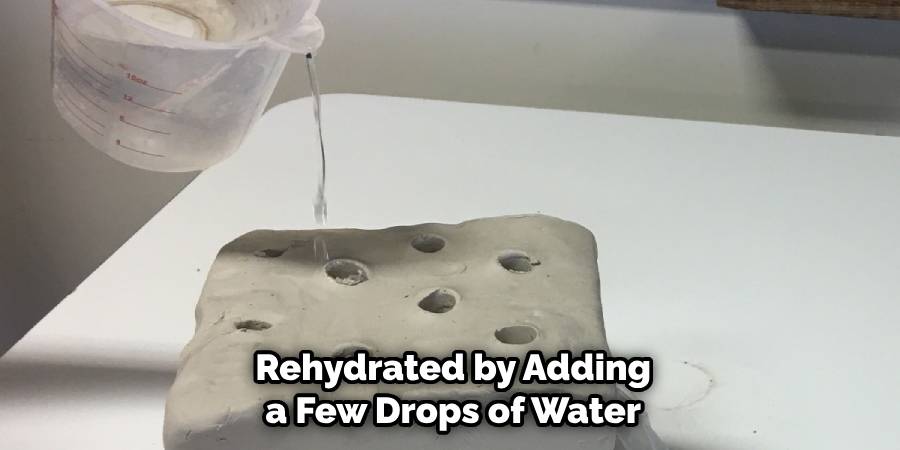
If the clay becomes too dry, it can be rehydrated by adding a few drops of water to the container before sealing it shut. Make sure not to add too much water, as this can cause the clay to become too wet and difficult to work with.
3. Use Desiccant Packets
Desiccant packets are small packets filled with silica gel that absorb moisture from the air. These packets can be placed inside a sealed container with the clay to help keep it dry. Make sure to replace the desiccant packets every few months or when they become saturated with moisture.
4. Wrap Clay in Plastic
Clay can also be wrapped in plastic wrap or placed inside a plastic bag before being stored in an airtight container. This will help keep the clay from drying out and becoming brittle over time. Make sure that all air is pushed out of the container before sealing it shut so that no moisture can get inside and damage the clay.
5. Store Clay at Room Temperature
It is important to store clay at room temperature, as extreme temperatures can cause it to become brittle or even melt if left in an area that is too hot for too long. If possible, store your clay in an area that is not exposed to direct sunlight or drafts from windows or doors, as these can also affect its consistency over time.
6. Separate Different Colors
If you have multiple colors of clay, it’s a good idea to store them separately so that they don’t mix together while being stored away for long periods of time. You may want to use separate containers for each color if you plan on using them all at once later on down the line, otherwise mixing them together could lead to some interesting results!
7. Label Containers
It’s always a good idea to label your containers so you know what type of clay is inside each one without having to open them up first! This will save you time when trying to find what you need quickly and easily without having to go through each one individually until you find what you’re looking for!
8. Freeze Clay
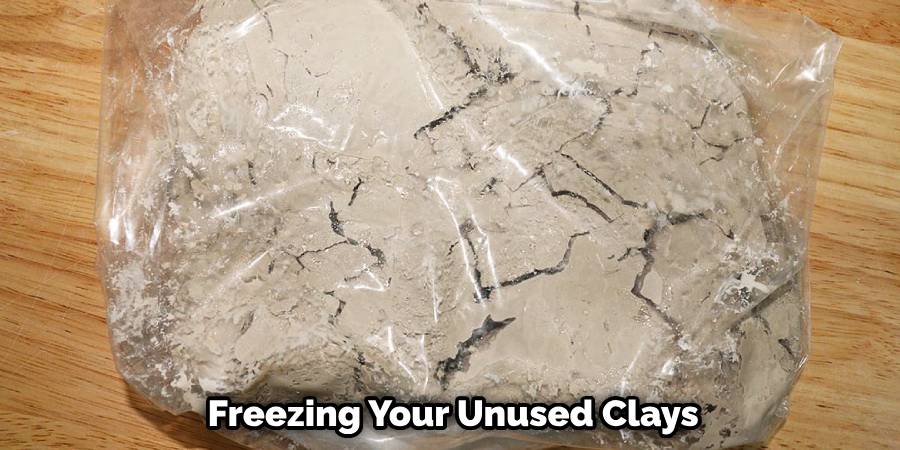
You may want to consider freezing your unused clays if you won’t be using them right away but still want them available for future projects down the line! Freezing your clays will help preserve their texture and consistency while keeping them safe from any potential contaminants like mold or mildew! Just make sure they’re completely sealed up before placing them into your freezer!
9. Create Smaller Portions
For those who don’t need large amounts of different colored clays, creating smaller portions might be beneficial for storage purposes! By breaking up larger blocks into smaller pieces they’ll take up less space while still providing enough material for most projects! Plus, this will give you more flexibility when working on multiple projects simultaneously since smaller portions are easier to handle than larger ones!
10. Refrigerate Clay
If you’re looking for an even longer-term storage solution, then refrigerating your clays might be something worth considering! Clays stored in a refrigerator can last up to several years, provided they are kept sealed tightly within an airtight container! Just remember, though – once cold clays come back up in temperature again they may need some extra conditioning before being used again due to their sudden change in environment, which could affect their texture and consistency!
Things to Consider When Storing Clay
When it comes to working with clay, there are a few important things to keep in mind. One of these is proper storage. Whether you’re a professional potter or just enjoy sculpting as a hobby, storing your clay correctly can make all the difference in its workability and longevity.
Here are some key factors to consider when storing clay:
- Temperature: Clay is most workable at room temperature, so it’s important to keep your storage space at a moderate temperature. Extreme heat or cold can cause clay to dry out or become too hard to work with.
- Moisture: Clay needs moisture to remain pliable and easy to shape. However, too much moisture can lead to mold growth or make the clay too soft and difficult to work with. It’s important to find the right balance by keeping your clay in a slightly damp environment.
- Air Exposure: When storing clay, it’s important to limit its exposure to air, as this can cause it to dry out and become brittle. Make sure your storage container has a tight seal and consider wrapping your clay in plastic or covering it with a damp cloth to keep it moist.
- Cleanliness: Keeping your storage space clean and free of debris is crucial when working with clay. Dust, dirt, and other particles can easily get into the clay and create imperfections in your finished product.
- Type of Clay: Different types of clay have different storage requirements. For example, oil-based clays should be stored in a cool environment to prevent melting, while water-based clays may need to be kept in a humid environment to maintain their moisture.
By considering these factors and taking proper care of your clay, you can ensure that it remains workable and mold-free for future use.
Conclusion
In conclusion, clay storage is essential for ensuring long-term success as an artist. By understanding how humidity and temperature play a factor in the longevity of clay, you can choose the best possible location for storing your creations. With proper care and attention, your pieces can last through generations of admirers.
In addition to cloth and paper sacks, Styrofoam or plastic boxes with sealed lids also make for reliable storage options. Consider the size and weight of each individual piece when picking a container to ensure it conveniently fits in your area. Clay storage doesn’t have to be difficult if you keep these tips in mind! Now that you know how to store clay properly, you can protect your creations so that they remain beautiful works of art now and forever!

